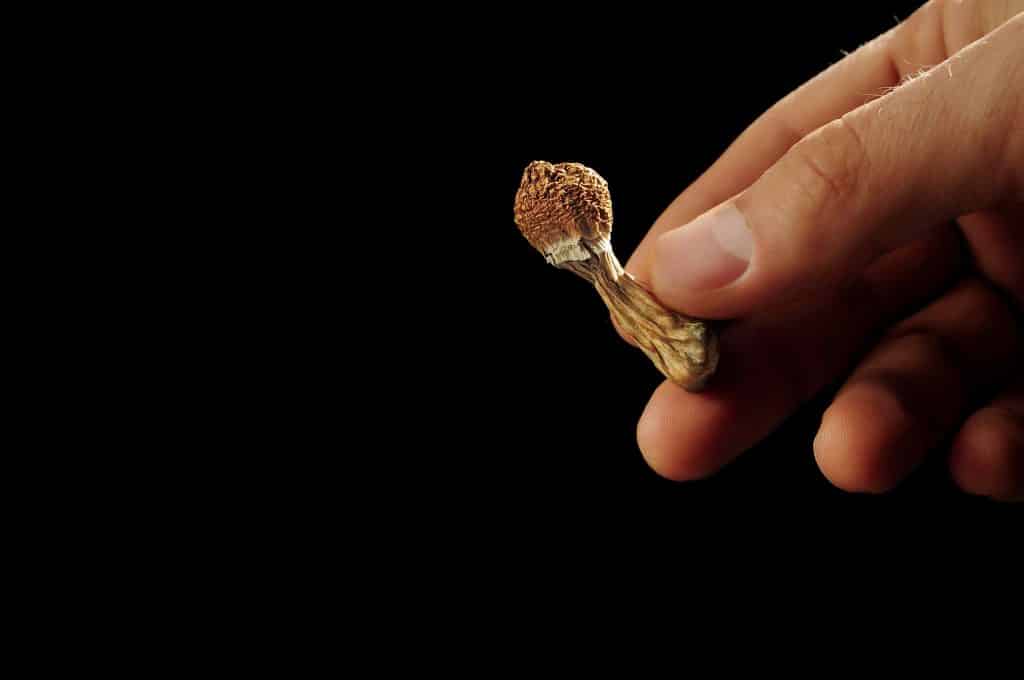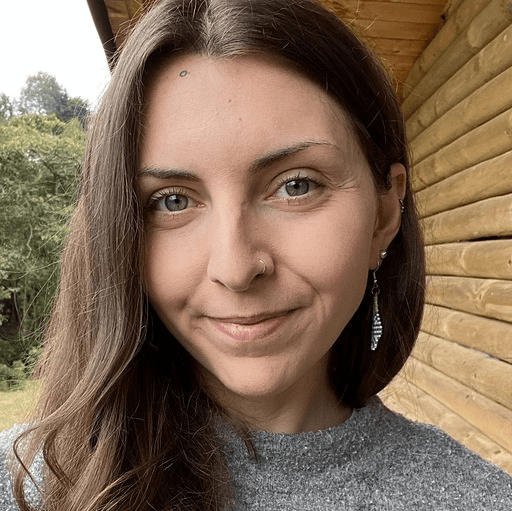Psychedelic Harm Reduction: Strategies and Best Practices

A psychedelic renaissance may be underway, but many of the substances being taken – whether MDMA, LSD, or magic mushrooms – remain illegal for public consumption. This inherently presents a danger for seekers as these substances and the environments in which they consume them are unregulated and go unmonitored. Without the security of knowing the chemical contents of a drug or having a safe place to take it, the potential risks of using that substance are heightened.
This is where harm reduction comes in. Harm reduction puts emphasis on the individual’s autonomy and rights and aims to reduce the harms that are associated with drug use. It rejects previous disease, moral or abstinence-only models,1 looking to shift the narrative away from blaming people who use drugs on moral grounds to working with them to empower thoughtful decision-making.
Bringing this approach into the psychedelic realm means psychedelic therapists, facilitators, and integration providers adopting harm reduction strategies with the groups that they work with. In this article, we’ll look at what harm reduction is, how it fits into psychedelic facilitation and integration work, and essential strategies for practitioners.
What is Harm Reduction?
The National Harm Reduction Coalition states that “Harm reduction is a set of practical strategies and ideas aimed at reducing negative consequences associated with drug use. Harm Reduction is also a movement for social justice built on a belief in, and respect for, the rights of people who use drugs.”2
Having accepted that drug use will not go away as a result of prohibition, advocates of harm reduction instead focus on minimizing the negative consequences of drug use, rather than condemning or ignoring them. People who use drugs commonly face judgment and hostility in the public domain, which has been ineffective in improving health and life outcomes for those individuals. On the contrary, people who use drugs should be respected and have a seat at the table when it comes to creating programs and initiatives that are built to serve them.
In the context of wider illicit drug use, harm reduction strategies encompass things like providing clean needles and injection sites, free drug testing, and the widespread availability of educational resources.
Psychedelic Harm Reduction
A key branch of psychedelic harm reduction is providing safe spaces and drug testing facilities for those using psychedelics recreationally at festivals and concerts. Particularly for first-time users and people who might have taken a higher dose than intended, a harm reduction facility can be an invaluable resource at these large-scale, public events, which can feel very disorienting and overwhelming while in an altered state.
The Zendo Project is one such organization that attends festivals, concerts, and large gatherings, providing a space and trained support for anyone who may be going through a challenging psychedelic experience. The Loop also provides harm reduction advice and information, as well as welfare support and drug safety testing in clubs, bars, and festivals across the UK.
Harm reduction plays a vital role in psychedelic healing practices too. It’s essential that psychedelic therapists, guides, retreat centers, and integration providers incorporate a harm reduction approach into their practice. Though, it’s important to clarify that a harm reduction approach does not permit psychedelic practitioners to facilitate dosing sessions with illegal substances. Therapists and coaches who administer illicit substances, help coordinate with underground guides, or facilitate the purchase of an illicit substance, put themselves at risk of legal action or loss of license.
When under the influence of psychedelics, seekers are in a state of altered consciousness. This makes them suggestible to things which they may otherwise be vocal about, such as physical touch. The healer-patient dynamic also gives way to a power dynamic – the facilitator must acknowledge that this exists and keep their ego in check.
Psychedelic therapists, guides, and integration providers should ensure they are always acting from a place of compassion, honesty, and respect towards the client – from the preparation phase to the post-session integration phase.
So, what kind of strategies should they incorporate to promote harm reduction?
Strategies For Psychedelic Practitioners
Harm reduction can be exercised before, during, and after a psychedelic journey. A big part of the preparation phase is education about the experience ahead. At this point, it’s crucial that the individual has the full picture of the risks and benefits associated with a psychedelic journey – this can be done by providing resources as well as directly educating clients.
“I usually use any number of resources, from websites to personal stories, to educate and provide information for people to decide, ‘Is this the right path for them?’,” says Nathaniel Putnam, LCSW, psychedelic therapist and guide.
It’s also important to talk through the preparation stage of the journey and provide information on things like medical contraindications. “We discuss medical interactions, diet, coping skills, grounding techniques, and creating intentions. I also talk about dosing, how to choose a guide, drug testing, and music playlists,” adds Putnam.
For clients who are considering tapering off certain medications, this should be done with the supervision of a medical professional. A therapist or coach may refer their client to a medical provider who can provide specific advice on contraindications and coming off prescribed medication.
If a client is planning to take psychedelics on their own, outside of a clinical setting, integration professionals can give advice to promote safety, without explicitly condoning the use of an illicit substance. It’s a good idea to talk through the plans for the journey and touch on the importance of set and setting. This encompasses the environment they’ll be in, who else will be present, and if they’ll have their physical needs looked after. Psychedelic integration coach Leia Friedwoman also advises her clients to “test their substances, have a good scale that they know how to use, and to be honest about other drugs they might be taking.”
“It’s important that there is openness and transparency in the relationship,” she adds. “I also like to work with people who are seeing a therapist too, especially if they have a clinical diagnosis.”
For practitioners and therapists administering a psychedelic in a clinical setting, there is a long list of harm reduction strategies that need to be adhered to, though this will depend on the substance being used.
Dr. Sam Zand, D.O., psychiatrist and Chief Medical Officer at ketamine therapy clinic Better U explains that “All ketamine candidates are medically screened for contraindications. Then, we perform a bio-psycho-social-spiritual assessment to fully understand all the factors contributing to their mental health issues.”
“Once we complete our assessment, we start with a customized low dose and titrate slowly to find the right individual fit. We coach our patients on breathwork, meditation, and other relaxation techniques to prime them for their experience and have healthy coping tools for anxious states,” he explains.
“We encourage a mild detoxification and also offer regenerative medicine options to optimize their physical health. We educate our patients with safety protocols and always require peer support for at-home treatments.”
When it comes to the post-session integration of the psychedelic journey, harm reduction plays a vital role here too. Qualified, experienced integration providers can help an individual get the most out of their journey and turn the messages they received into tangible life changes. This is especially the case with challenging psychedelic journeys, which have the potential to destabilize people if they don’t have a safe and supportive container to return to after the session.
“Therapists meet with our patients to process topics that graduated from our subconscious to our conscious mind. Finally, we ensure regular psychiatric follow-up to process our experience and monitor our mental and physical health,” says Dr. Zand.
“I also try to help clients recognize and subsequently access the natural supports they have in their life, such as social supports, time off work, or the ability to add in more supportive modalities,” adds Leia Friedwoman.
Adopting harm reduction strategies is non-negotiable for psychedelic practitioners, not least in the context of prohibition. From providing educational resources, tips on preparation, to integration support, therapists, guides, coaches, and facilitators play a key role in minimizing the risks of psychedelic use.
Are you interested in exploring a career in psychedelic integration? Download our latest ebook to find out how – with practical steps and tips to build your career as an integration provider.
Resources on Psychedelic Harm Reduction
- DanceSafe Drug Checking
- Erowid.org
- Fireside Project
- MAPS Psychedelic Harm Reduction
- TripSafe.org
- The Zendo Project
Endnotes
1. Szott, K. (2015). Contingencies of the will: Uses of harm reduction and the disease model of addiction among health care practitioners. Health 19, 507–522.
2. Principles of Harm Reduction. National Harm Reduction Coalition. https://harmreduction.org/about-us/principles-of-harm-reduction/

